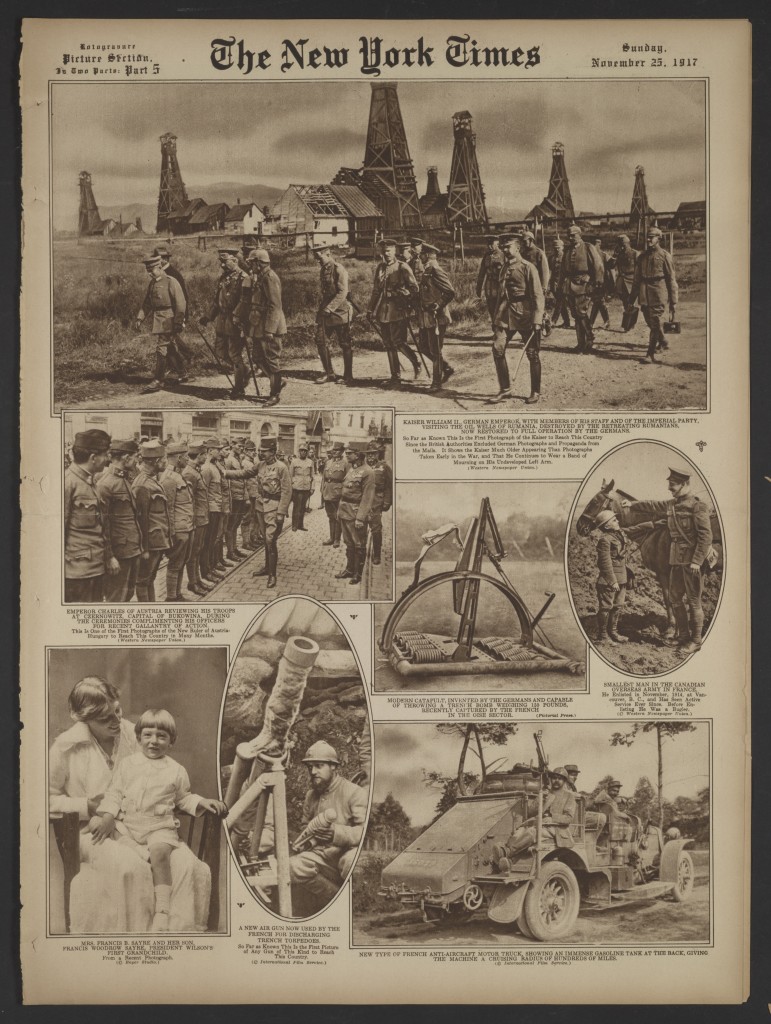
Editorial Notice: http://www.hartung-gorre.de/Brenner_VI.htm
Amazon: https://goo.gl/D5gg8p
Excerpt from the preface by Rita Calabrese: “[…] Dieser Band VI und hoffentlich nicht letzter ist der Musik und dem Tanz gewidmet. Nicht nur Stars wie Barbra Streisand, Amy Winehouse und Bette Midler sind zusammen mit Sängerinnen aus vielen Zeiten zu finden, sondern auch Pianistinnen und Violinistinnen zusammen mit Komponistinnen, die in Fanny Mendelssohn ihre Vorläuferin hatten, sowie auch Dirigentinnen. Auffallend ist die lange Liste der Künstlerinnen, die ein tragisches Ende in Auschwitz-Birkenau und anderen KZs gefunden haben, darunter die Pianistinnen Mathilde Borgenicht und Leopoldine Oppenheimer, die Violinistin Alma Rose, die Nichte Gustav Mahlers. Andere hingegen haben dank der Musik überleben können, wie Esther Bejarano und Fania Fenelon, die über das Orchester in Auschwitz geschrieben haben, Yvette Assaeler, Grete Klingsberg, Rachel Knobler und andere. Zu erwähnen ist auch Lin Jaldati, die während der Deportation Anne Frank kennengelernt hatte. Als eine der ersten hat sie die jiddische Musik in der DDR bekannt gemacht. Noch etwas zu diesem wertvollen Werk muss man hervorheben, und zwar die verdienstvolle Verfasserin. Geboren im k.u.k. Czernowitz, das später rumänisch wurde und längst zur Ukraine gehört, ist Hedwig Brenner über politische, geschichtliche und sprachliche Grenzen nach Israel gekommen, wohin sie das kostbare Erbe der deutschsprachigen jüdischen Kultur mitgenommen und einen neuen Anfang als Schriftstellerin gewagt hat.Im Hebräischen heißt Leben Chajim und ist Plural. Wie kaum eine andere zeigt Hedi Brenner die Vielfalt und Unschätzbarkeit der menschlichen Existenz, und dafür danken wir.”








